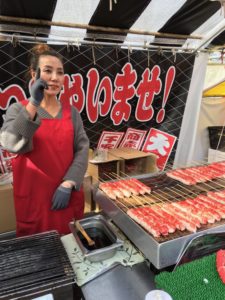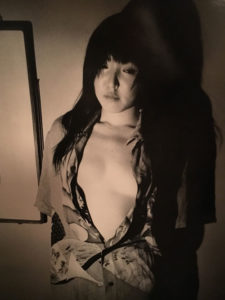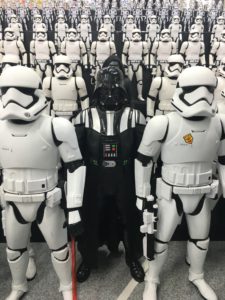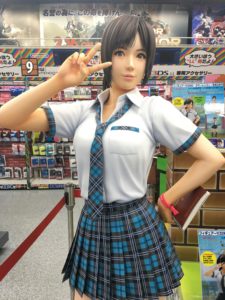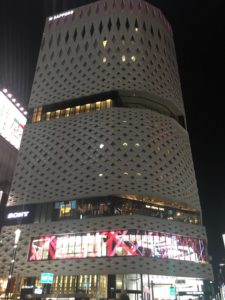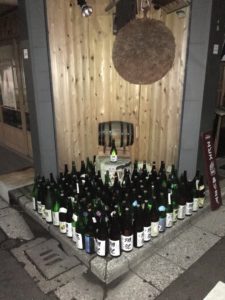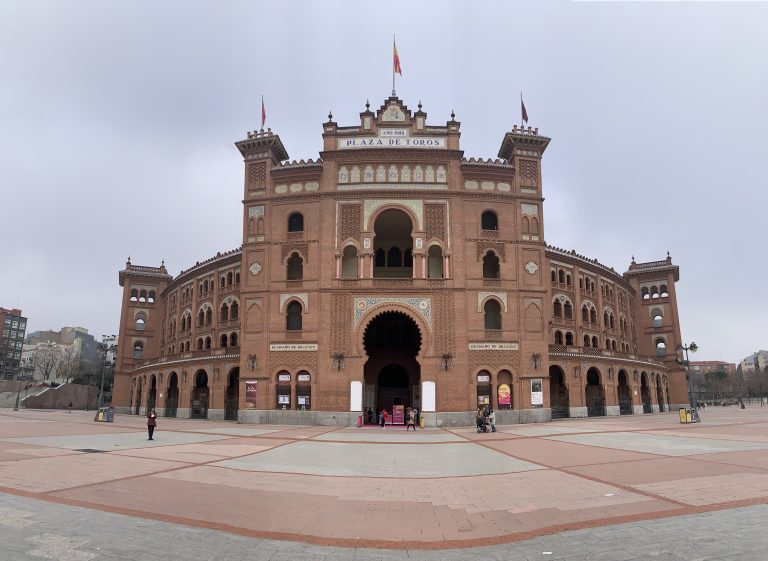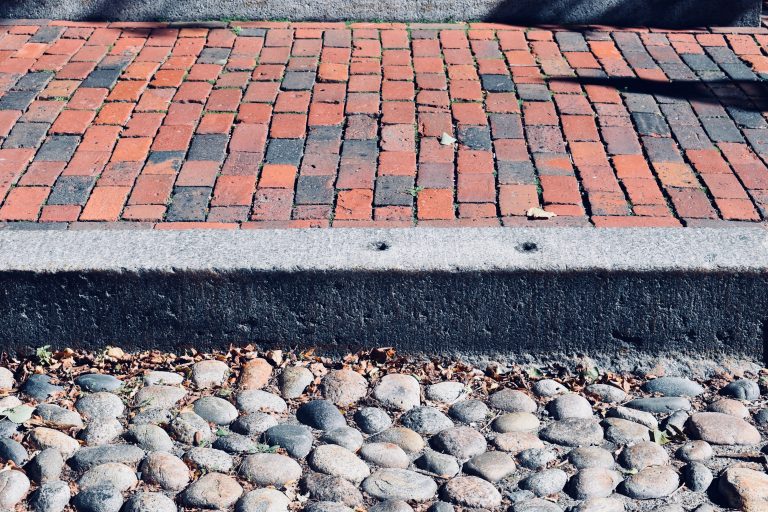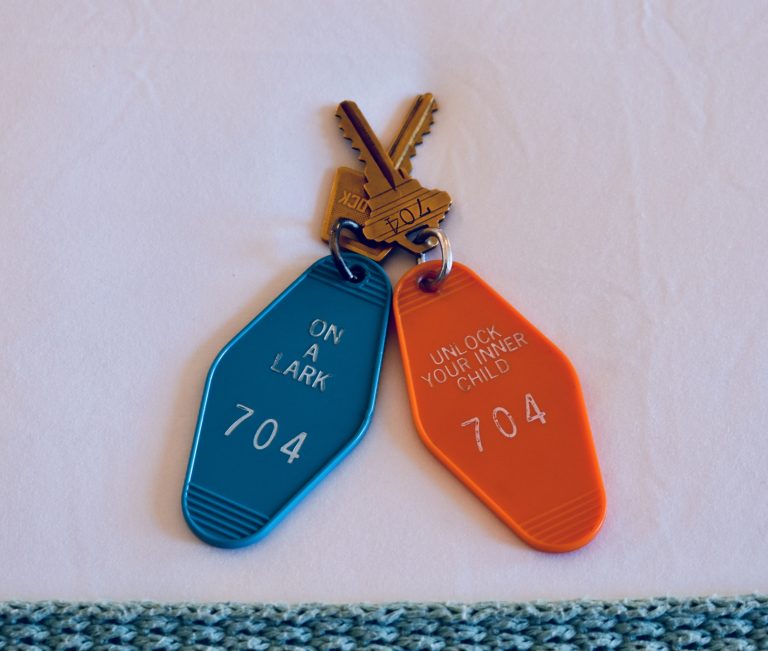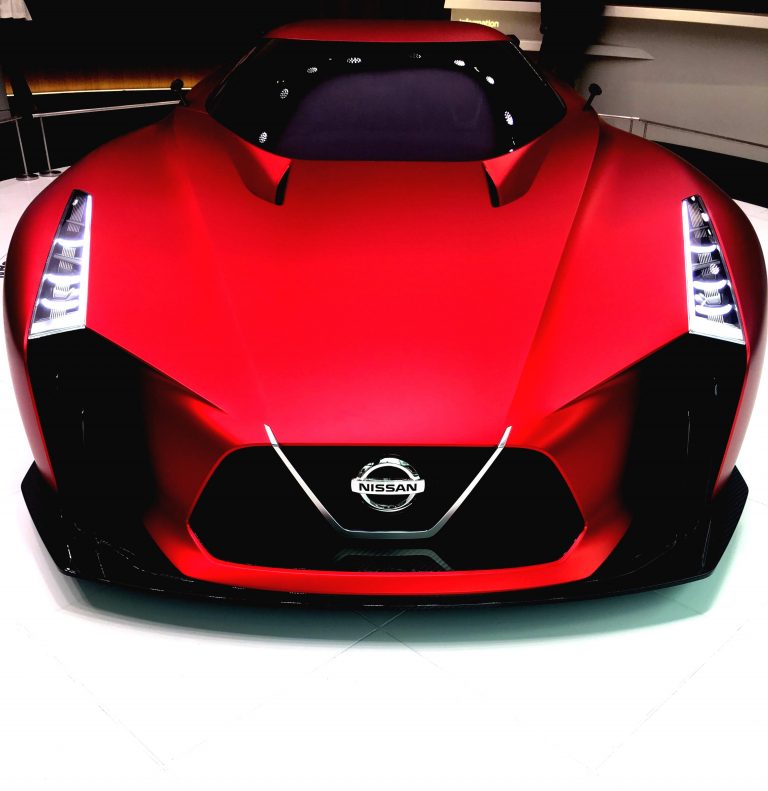
Fashion, Bars and Cherry Blossoms…
I was talking with a friend who’s a creative director the other day and trying to describe my first trip to Japan in a way that he would appreciate; painting a visual and visceral picture. After tripping over myself to talk about the food, the style, the culture, the striking architecture (both old and new), the notorious obsessiveness with the smallest details, hell, even the bathrooms, I eventually landed on a characterization that felt right: “One of the rare destinations that makes you regret, almost immediately, you hadn’t visited much earlier in life.”
Let’s get a few personality things out of the way: I’m OCD. I love (and unhealthily fetishize) order, quality, cleanliness and manners. I’m fascinated and probably undeservedly awed by details both small and large.
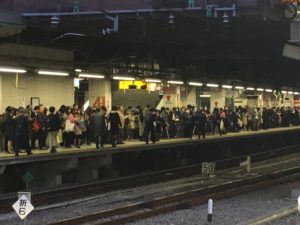 So it came as no surprise when, after feeling the warmth of the heated Toto seat and various electronic toilet functions in our hotel bathroom, I proceeded to go all fanboy in discussing this, shall we say functional, experience to my wife, Wonderhoney. Then a question occurred, one that would come to repeat itself over the course of my trip: why isn’t this kind of innovation standard everywhere, especially in the US? Which led me to an epiphany – shared by so many through the centuries it has to be among the most public of private epiphanies: I am now otaku, for most things Japan.
So it came as no surprise when, after feeling the warmth of the heated Toto seat and various electronic toilet functions in our hotel bathroom, I proceeded to go all fanboy in discussing this, shall we say functional, experience to my wife, Wonderhoney. Then a question occurred, one that would come to repeat itself over the course of my trip: why isn’t this kind of innovation standard everywhere, especially in the US? Which led me to an epiphany – shared by so many through the centuries it has to be among the most public of private epiphanies: I am now otaku, for most things Japan.
I layered up, strapped on my boots and set about learning more of this country that had me at “hello”.
Ginza: I learned, before our arrival, that this was where we’d be staying. Ginza is the shopping district of Chuo and one of Tokyo’s, if not the world’s, most renowned luxury shopping areas, featuring brands like Vuitton, Chanel and Dior (all of which were designed by luxury architect Peter Marino, though the new Dior flagship has a façade of backlit panels by Japanese architect Yoshio Taniguchi). This is also the home of Porter Street Ginza, Akomeya (a sort of Japanese Dean & Deluca) and a 12 story Uniqlo who at the time featured a collaboration with Disney on their UT brand which comprises the entire 11th floor.
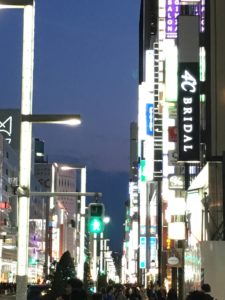 Rei Kawakubo’s Dover Street Market, featuring noted designers and brands like Junya Watanabe, Supreme, Dries Van Noten, Christopher Nemeth, Ganryu, Maison Margiela and Visvim among others, is but one of the specialty stores in Ginza. All that shopping one engages in generates an appetite so almost all of the department stores and multi-level shopping in Tokyo contain a floor or area dedicated to sumptuous food, including the freshest sushi you’ll have, with cuisine both native and foreign.
Rei Kawakubo’s Dover Street Market, featuring noted designers and brands like Junya Watanabe, Supreme, Dries Van Noten, Christopher Nemeth, Ganryu, Maison Margiela and Visvim among others, is but one of the specialty stores in Ginza. All that shopping one engages in generates an appetite so almost all of the department stores and multi-level shopping in Tokyo contain a floor or area dedicated to sumptuous food, including the freshest sushi you’ll have, with cuisine both native and foreign.
Our hotel, the Daiwa Roynet Ginza, providers of the aforementioned bathrooms, catered mainly to business travelers but in all interactions the staff stayed true to the art of omotenashi: the essence of Japanese hospitality. The rooms are on the small side – about 21 sq. meters…not uncommon in Tokyo – but are well appointed, restrained and somewhat sleek. The bathrooms were almost too big in proportion to the size of the room but after a 30,000 step day (according to our health counters) I learned that the soaking tub and rain shower made perfect sense.
I learned there’s a Shake Shack in Ginza; one of three in Japan and whose “concretes” include a Matcha tea forum blend and an edition with black sesame puree.
I learned Nissan has a “Crossing”. For auto enthusiasts, this cool information center educates the public on all things Nissan: theaters featuring videos on technology and something that Nissan calls its Intelligent Mobility; different floors and stages showing off the latest concept cars, highlighting electric and autonomous vehicles; and, not missing out on any opportunity of being technologically cool, a café in which you can create pictures of yourself or Nissan vehicles by way of MACCHI-ART. The building, whose very architecture was derived from an automotive digital process, is a spectacle and lights up the street level with its façade.
Akihabara: A veritable mecca for electronics and gadget lovers. The streets, highlighted by main thoroughfare, Chuo Dori (which closes traffic completely on Sundays), are lined with electronics shops of every size and carry everything, no hyperbole, electronics related. Our venue of choice was the massive Yodobashi camera, centrally located in Akiba – an alternate name for the district – whose provenance is linked to a local shrine. This electronics chain, started in 1960, now boasts 23 stores and counting but the Akiba, nine-story “mall” is the largest. I spent an hour in the speaker room alone, listening along with a fellow jazz enthusiast to Kind of Blue, blowing through a MacIntosh amp and what sounded like a wall of high fidelity speakers.
I learned the Technics Grand Class SL-1200GR is dope, but similarly expensive, whether you’re in Tokyo, London or the US.
If you’re an otaku fan (anime and manga, but also all things Japanese), Akihabara is the eye of the hurricane, with many stores and buildings dedicated to anime: from toys and stickers to maid cafés to entire floors dedicated to hentai (i.e. 4th floor of Mandarake). Akiba also served as our official introduction to the multitudes of sidewalk vending machines that are ubiquitous in Tokyo. Much has been written about these machines that offer everything from warm meals and sushi to beer.
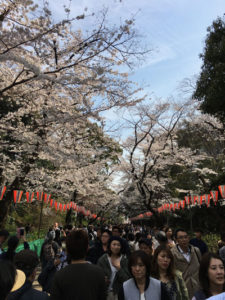 Ueno: As it happened, our trip coincided with the start of cherry blossom season. I learned, from a Japanese expatriate we met in LAX prior to departure, that the proper place to experience the cherry blossoms was Ueno Park. Open to the public since 1873 (and part of a former temple), Ueno park lived up to his advice. There was a great number of hanami: cherry blossom viewing parties, which, I’m happy to report, is a thing. Everyone views the over 1,000 cherry trees that adorn the central pathway. Think of a Big 10 college football tailgate, double it, and instead of barbeque and sandwiches there’s sushi and bento, instead of cheering on football there are beautiful cherry blossoms and their admirers. It’s rowdily peaceful.
Ueno: As it happened, our trip coincided with the start of cherry blossom season. I learned, from a Japanese expatriate we met in LAX prior to departure, that the proper place to experience the cherry blossoms was Ueno Park. Open to the public since 1873 (and part of a former temple), Ueno park lived up to his advice. There was a great number of hanami: cherry blossom viewing parties, which, I’m happy to report, is a thing. Everyone views the over 1,000 cherry trees that adorn the central pathway. Think of a Big 10 college football tailgate, double it, and instead of barbeque and sandwiches there’s sushi and bento, instead of cheering on football there are beautiful cherry blossoms and their admirers. It’s rowdily peaceful.
There are several temples and shrines throughout the park (including Kiyomizu Kannondo which overlooks the esplanade below). The area is also home to no less than four museums and the Ueno zoo, which opened in 1882 and is Japan’s oldest.
I learned that crab on a stick is probably more like krab on a stick.
Ueno is also home to Hinoya/Sun House, purveyor of fine Americana apparel: Japanese denim, boots, shirts, bags and brands like Mt. Rainier Design, Engineered Garments, The North Face Purple Label, their own proprietary line (Burgus) and more. I’m kicking myself that I didn’t make it in to check out the goods so I added this to the list of why I need to return to Ueno.
Shinjuku has a giant, life-sized Godzilla head just above a cinema whose trademark roar is heard throughout the streets.
Shinjuku: I thought I’d end part I with one of my two favorite prefectures (check the upcoming pt. II for the other). After traveling the Marunouchi line of the metro through Shinjuku station I promise not to complain about Bay area commuter traffic again. The station is the world’s busiest, handling over 3.6 million passengers via 36 platforms per day. In a sense, if you did nothing else than simply get to Shinjuku, you would have seen an attraction.
I learned the billboards, wall ads and signs in Japan are notoriously serious, hilarious, and artistic, sometimes all at once.
My love of this district had everything to do with the likes of Golden Gai (the dodgy nightlife throughout the area and Kabukicho is clearly a plus). I was to learn that, Golden Gai is basically a tiny pre-war arm of Tokyo whose nervous system includes about six alleyways that serve as a serpentine spinal column, connected by small passageways in between.
There are upwards of 300 distinct bars and restaurants in this area alone. Some are so small they only seat 3-4 patrons at a time, and often cater to renowned Japanese musicians, actors and artists. Each one has its own personality, decor and style, and although the bars are tiny, the standards are no less demanding. I found myself enjoying a tight Manhattan at Bar Lonely for 1000¥ (about $9 in current exchange rates).
We sat in the cramped upstairs space as our enigmatic server doled out drinks. The room was vaguely reminiscent of a dorm whose inhabitants were fascinated with a cowboy and western lifestyle, so the place had the ephemera to match. For a dive bar lover it probably doesn’t get any better than this endless network of small pub intimacy. And if it does I will find it.
Finally, for those who read my pre-Tokyo post, it will please you (or not) to know that I DID only travel with one weekender to Tokyo. But I returned with two more bags so not sure if that counts.
Have you been to Shinjuku, Ueno, Akiba or Ginza? Are you planning to visit Tokyo? Let us know!
Be sure to check out Tokyo pt. II!

